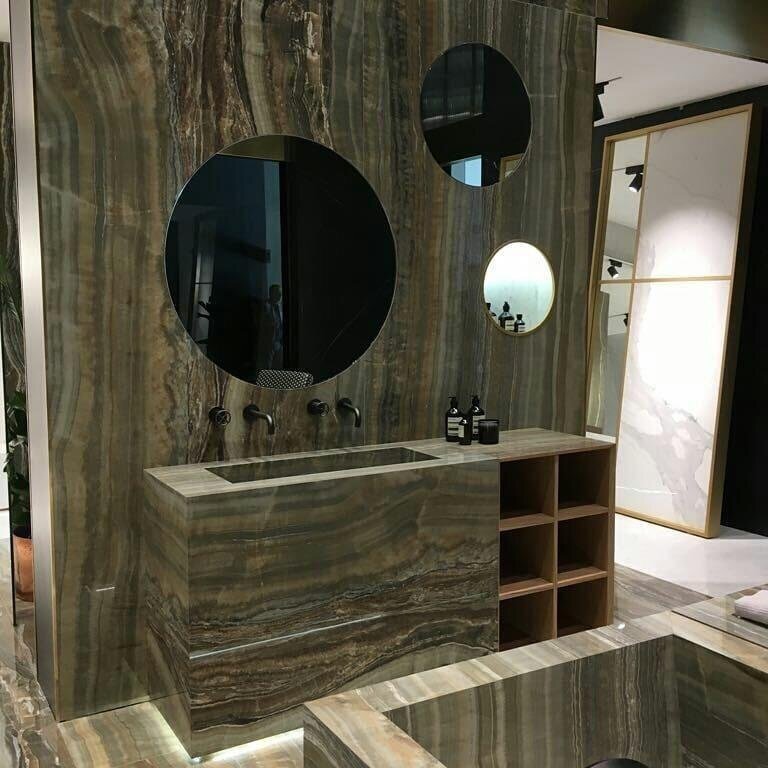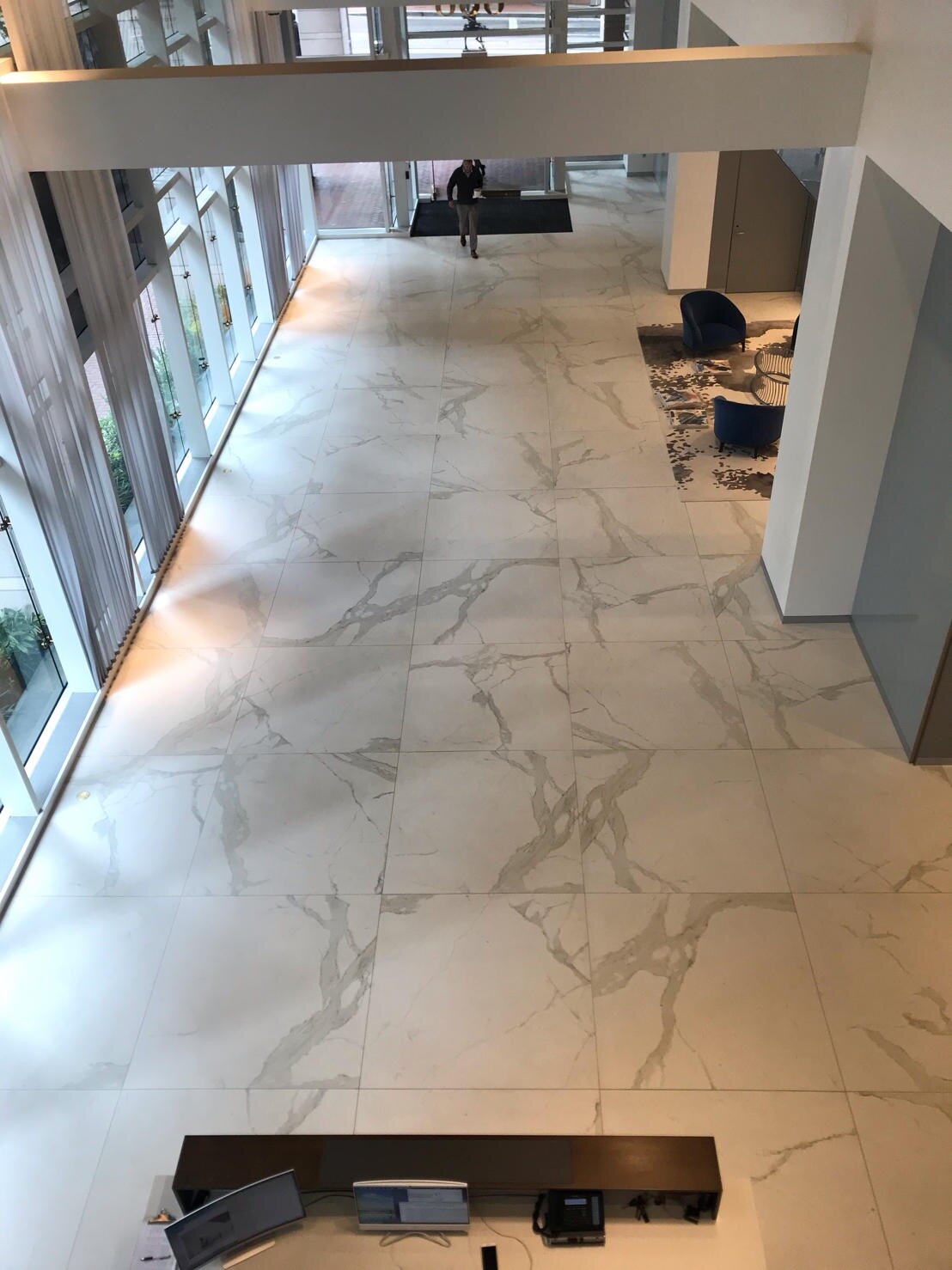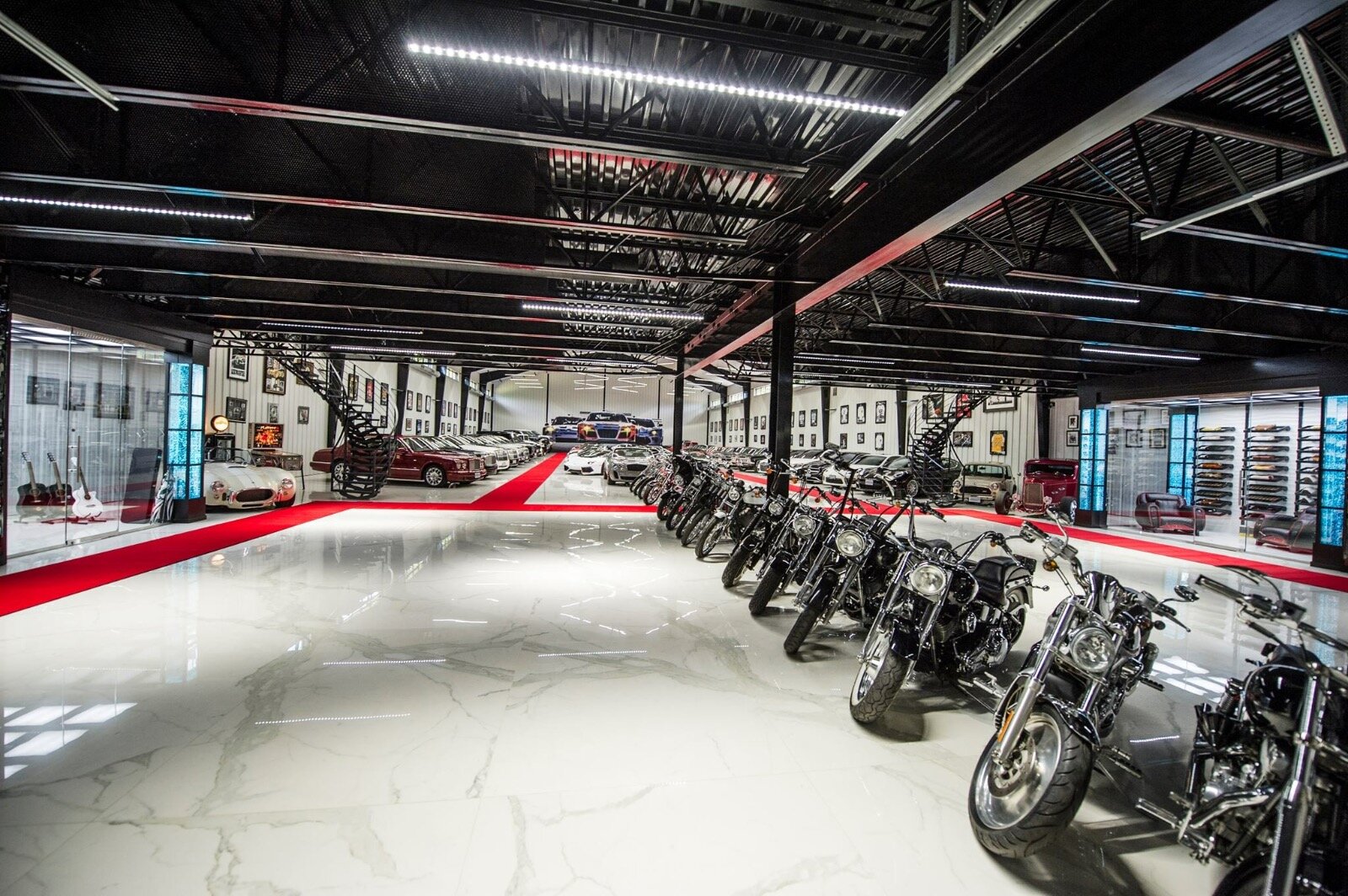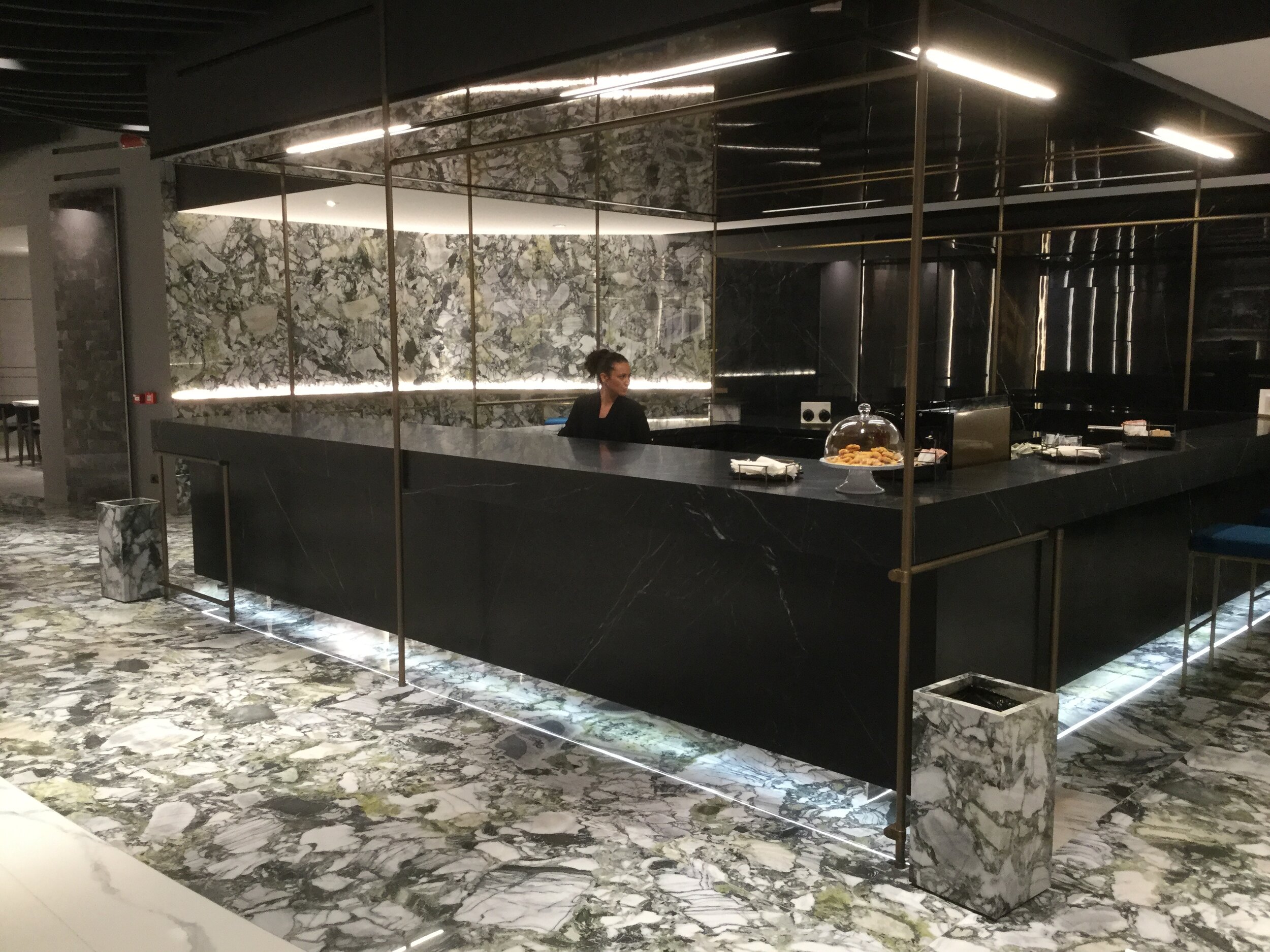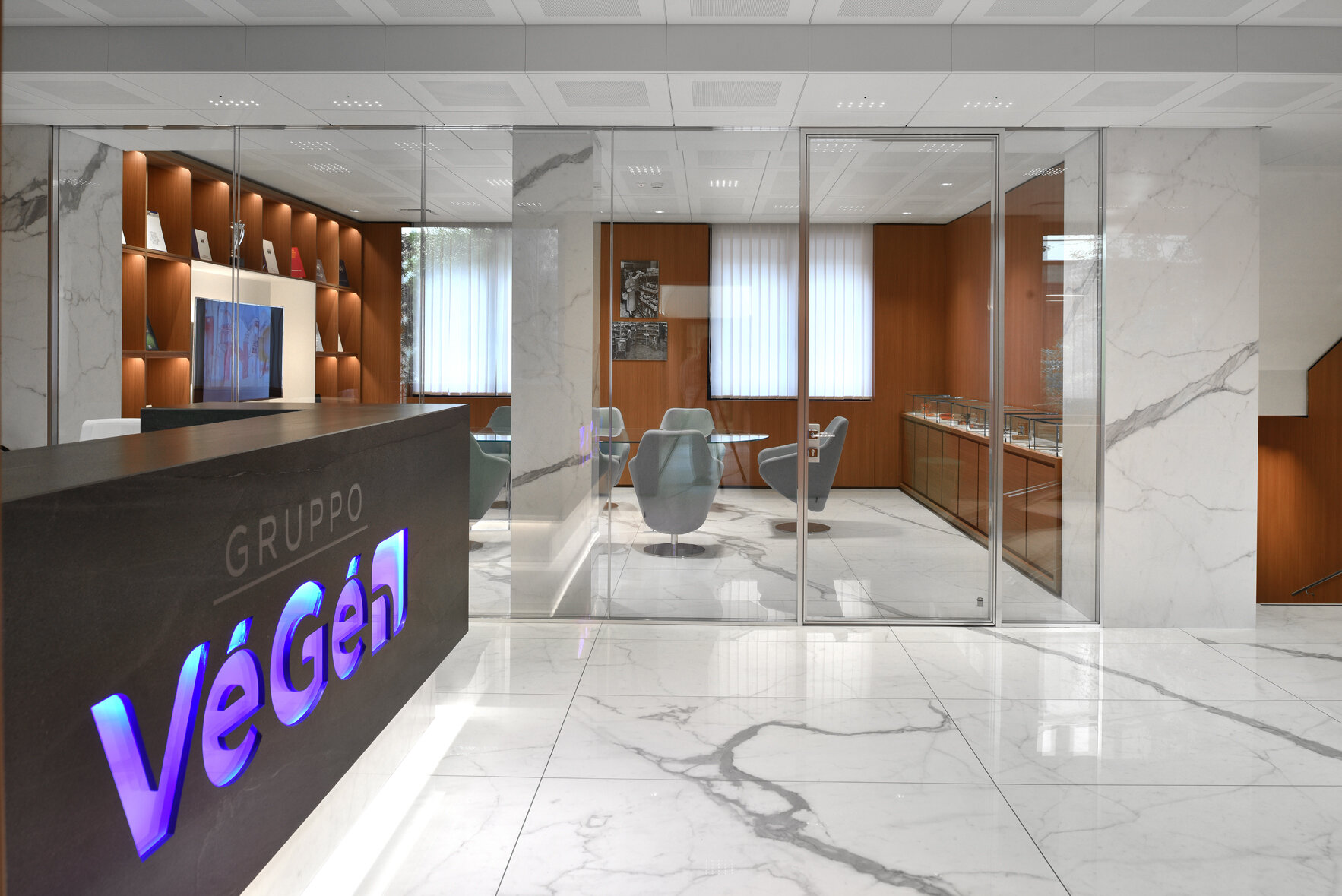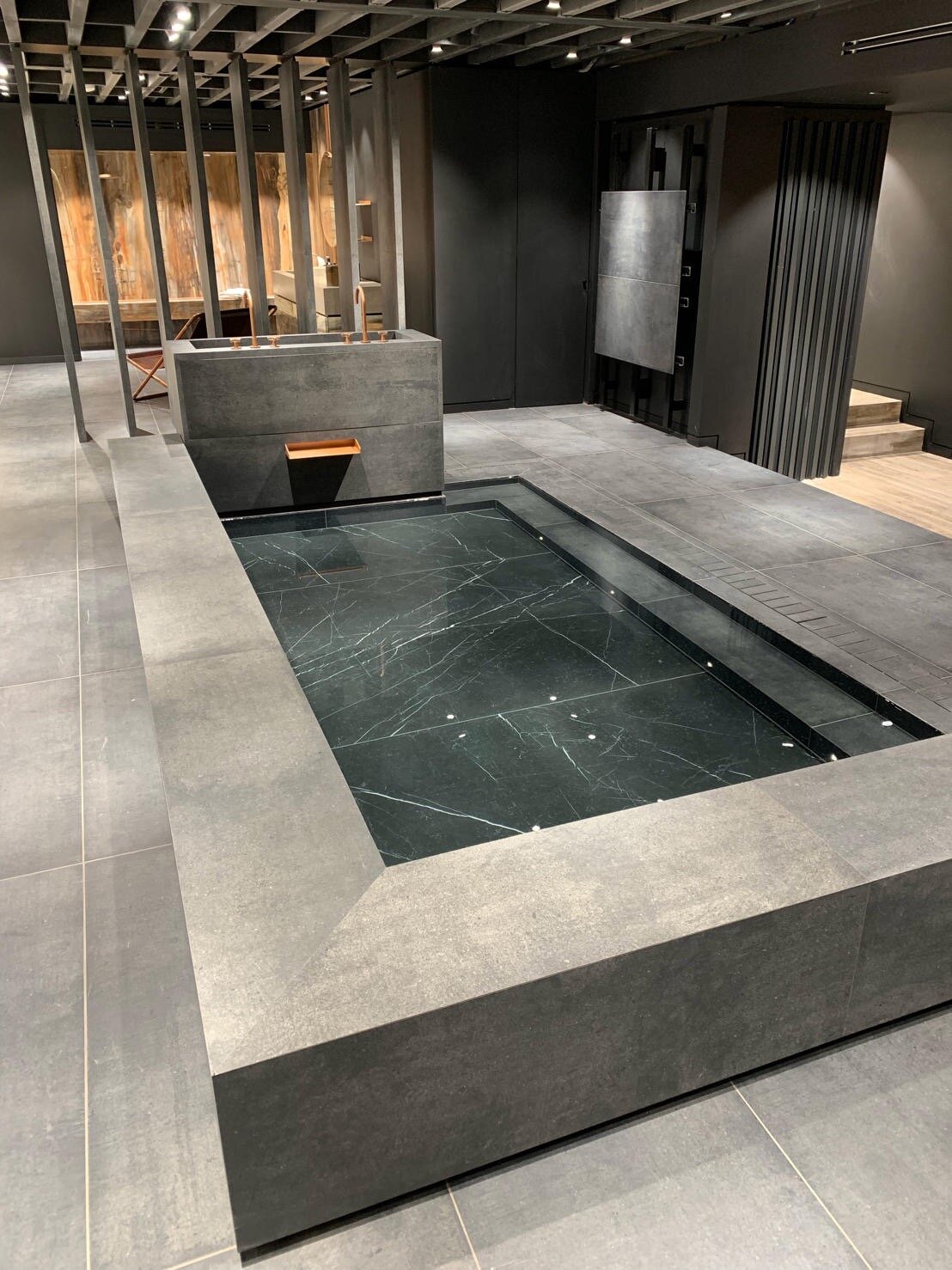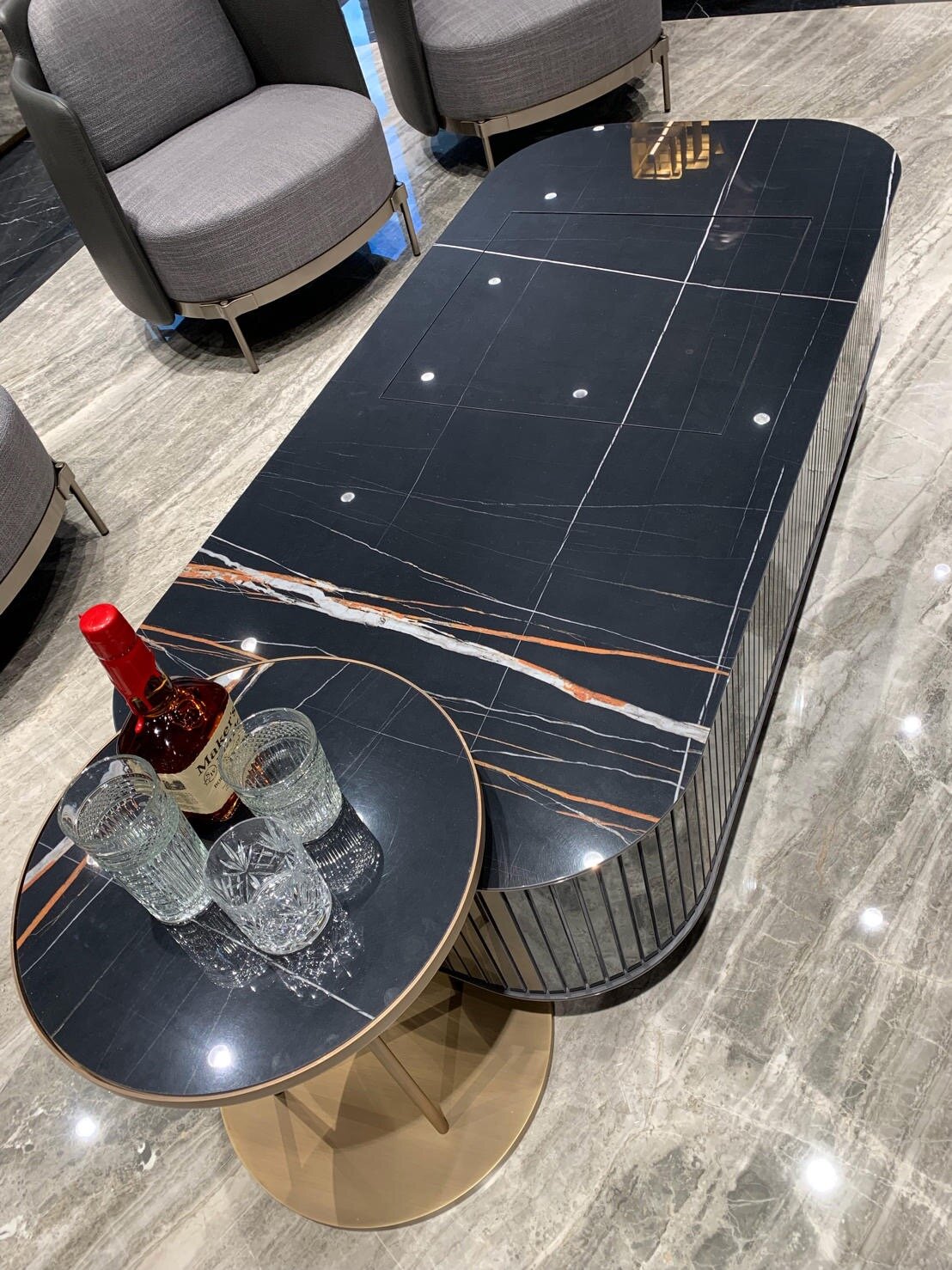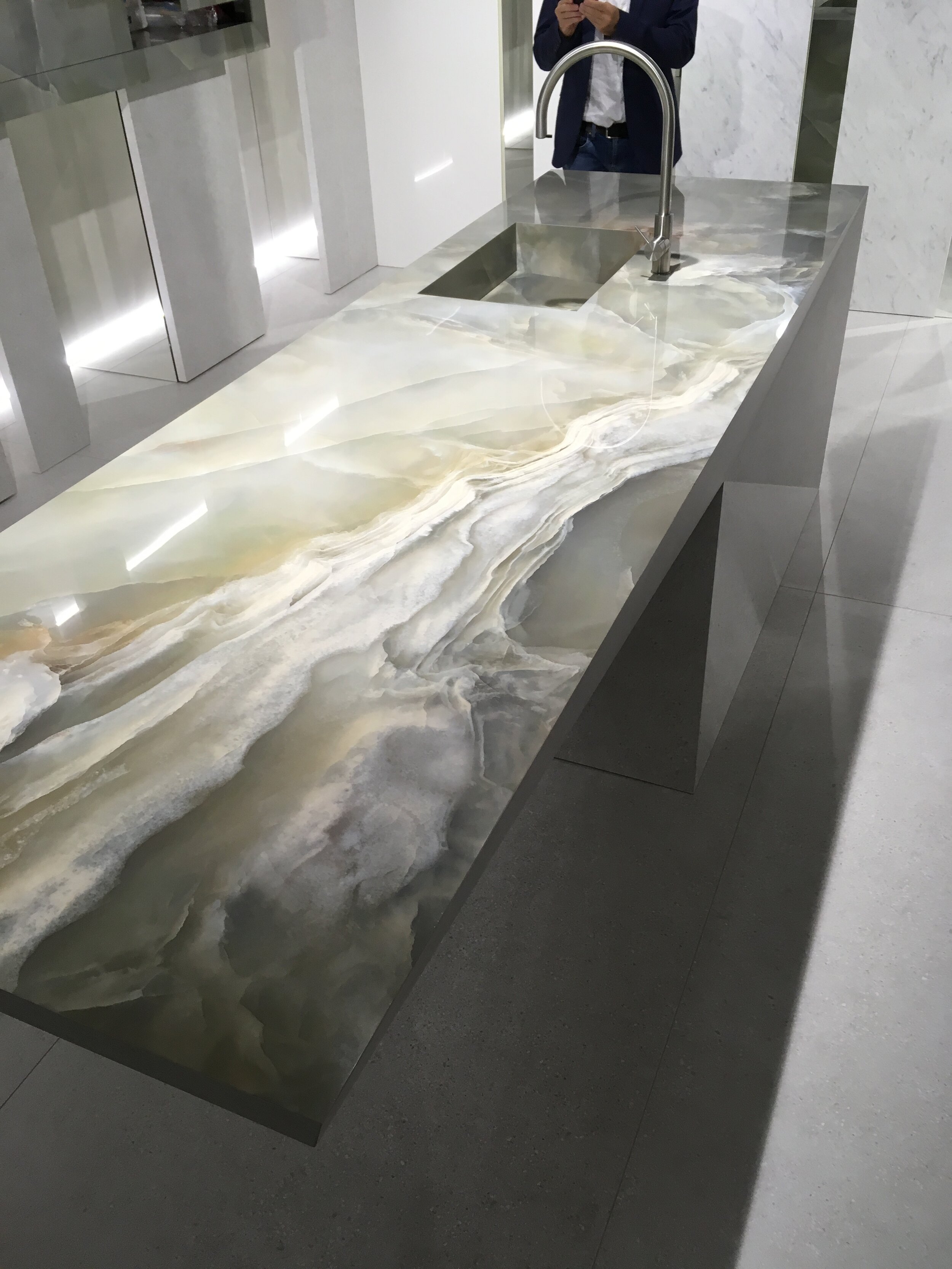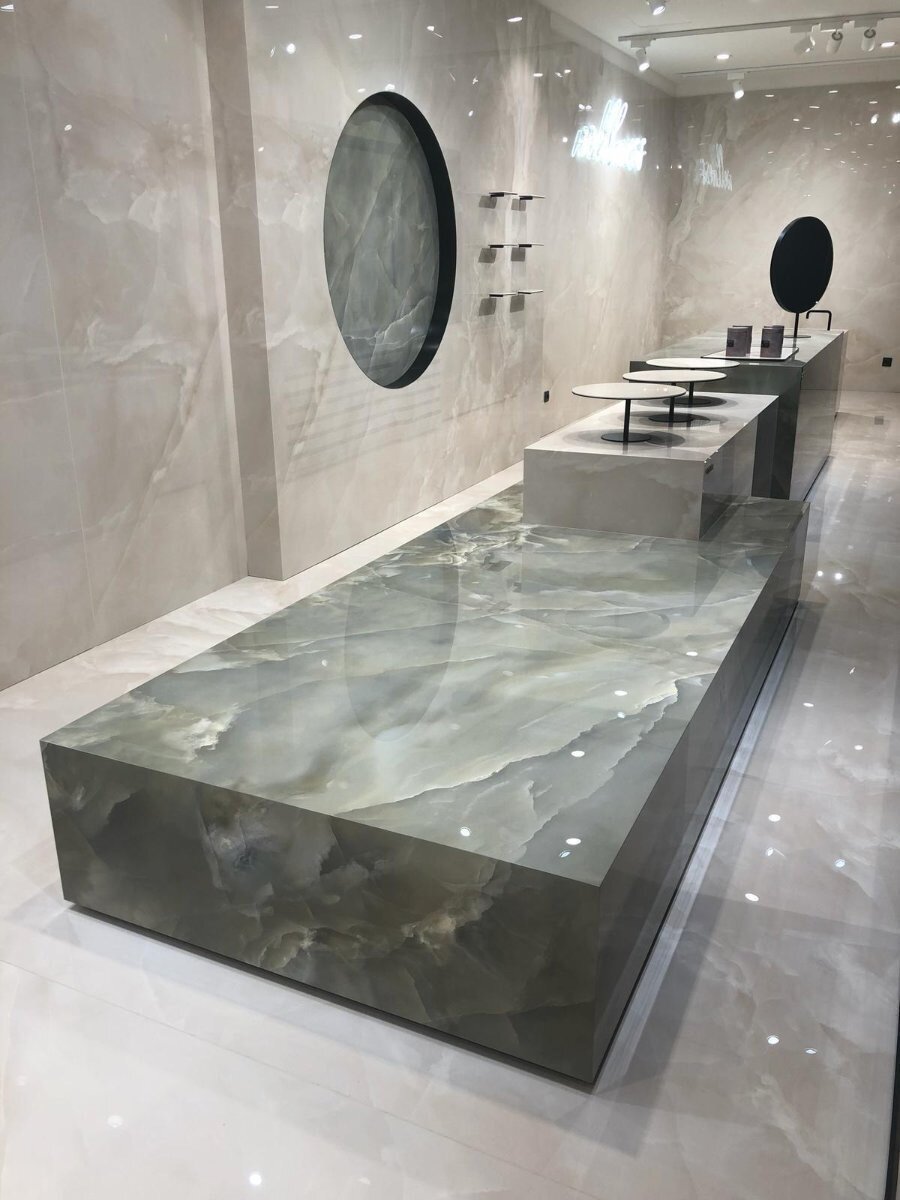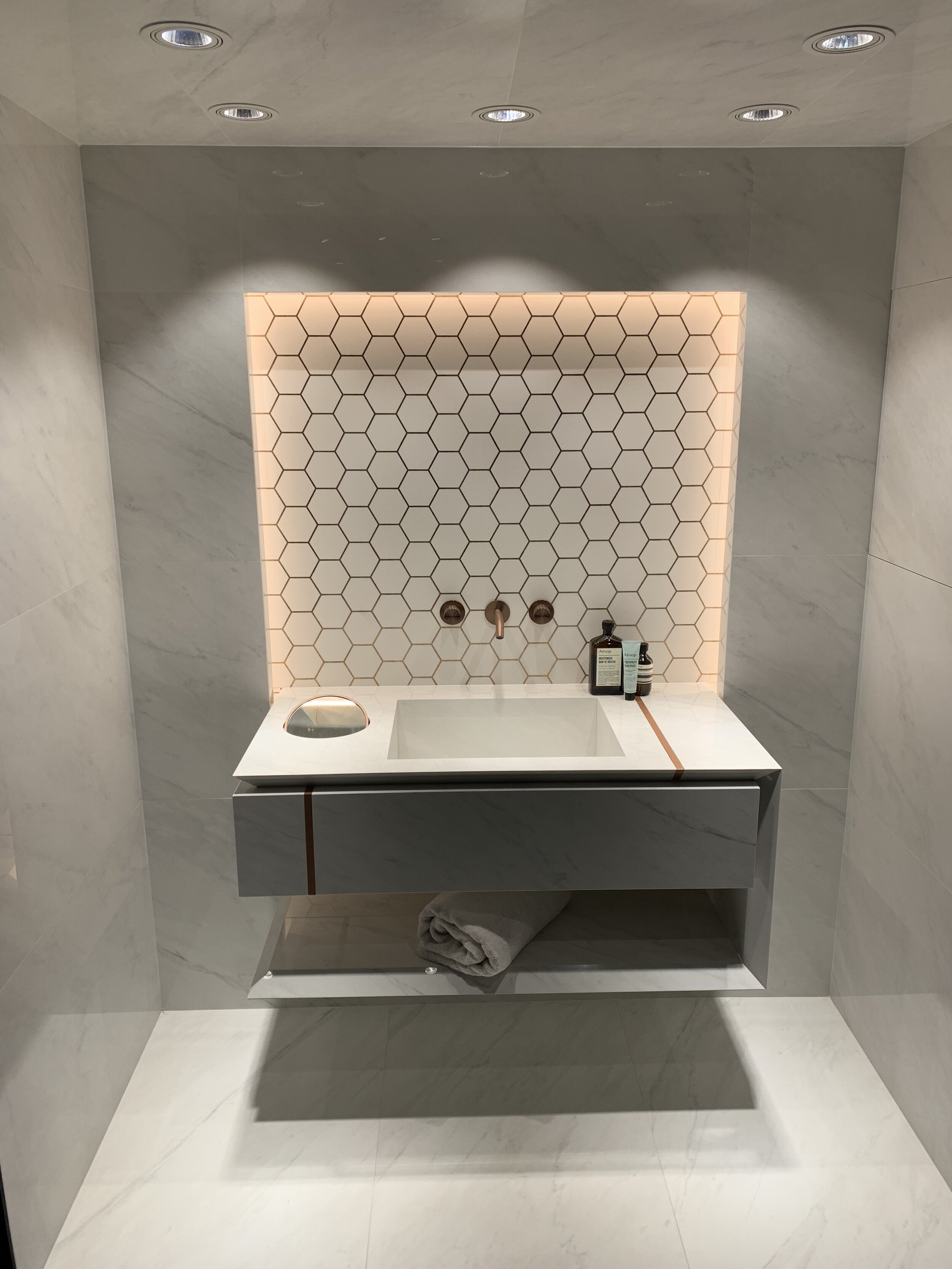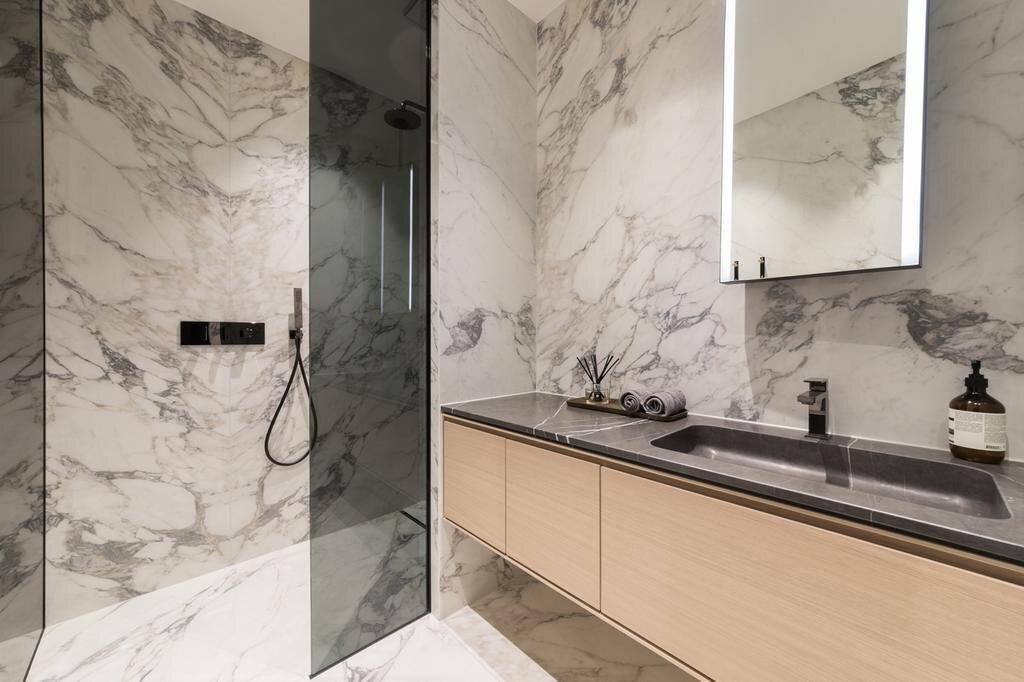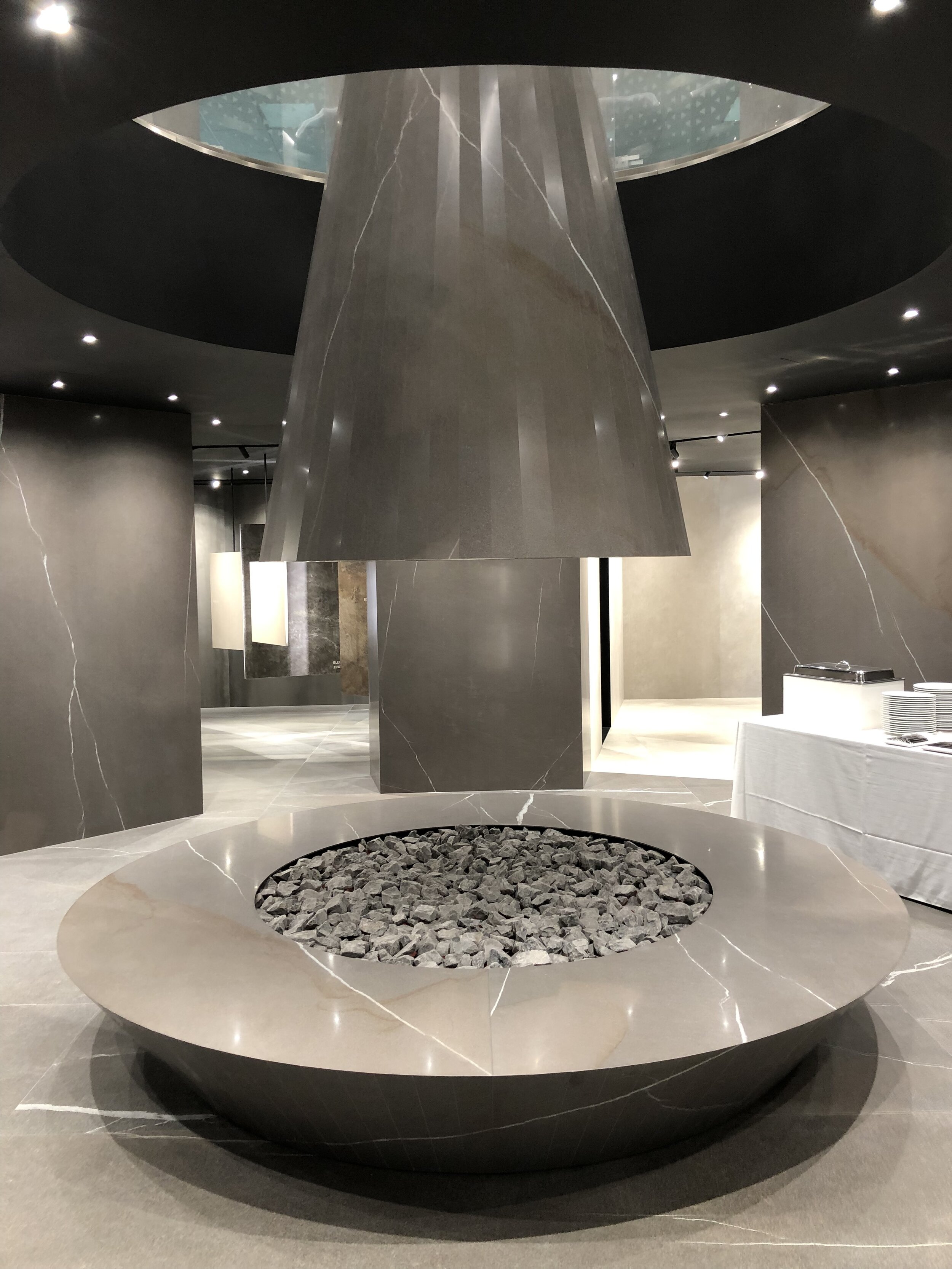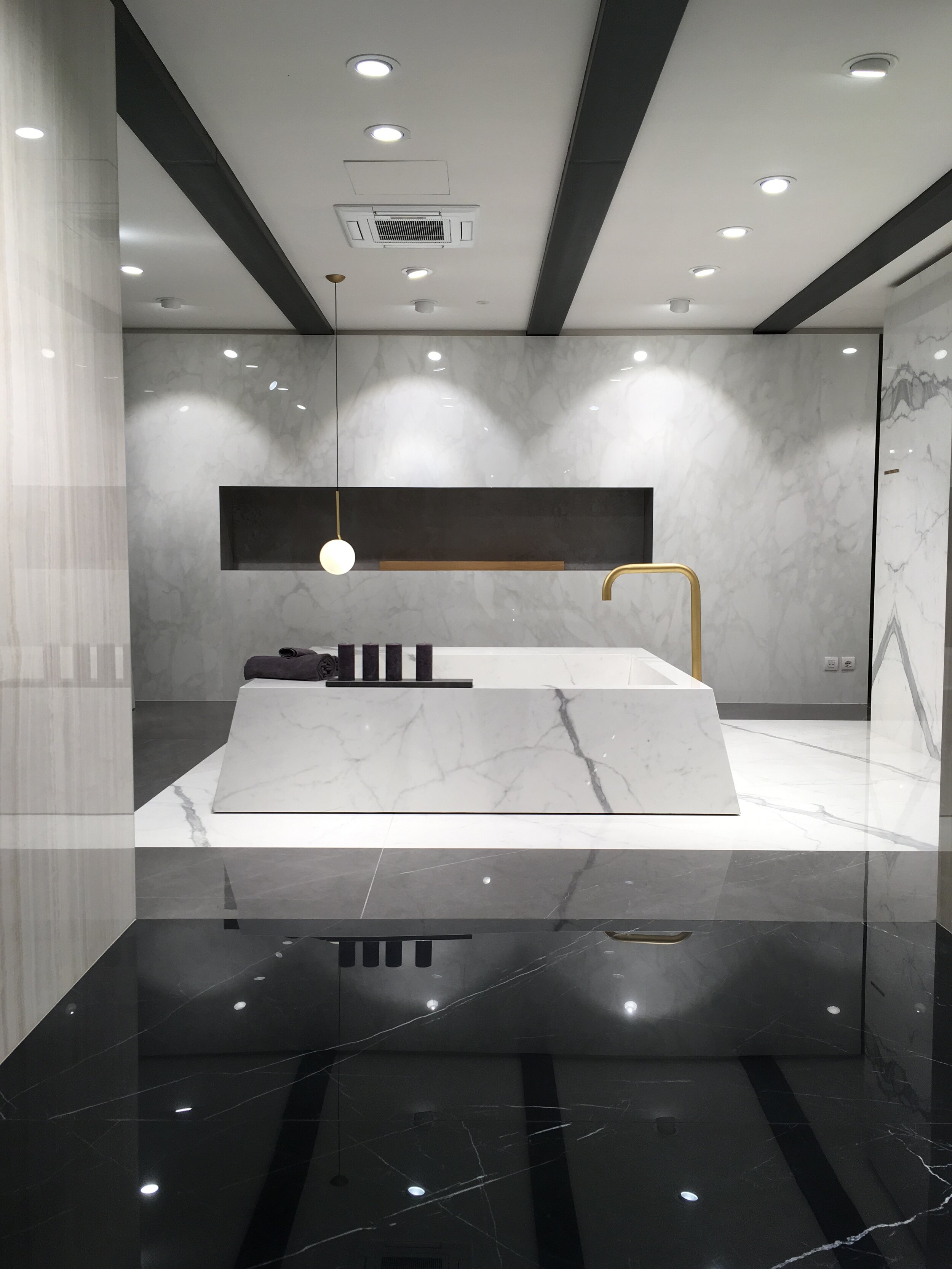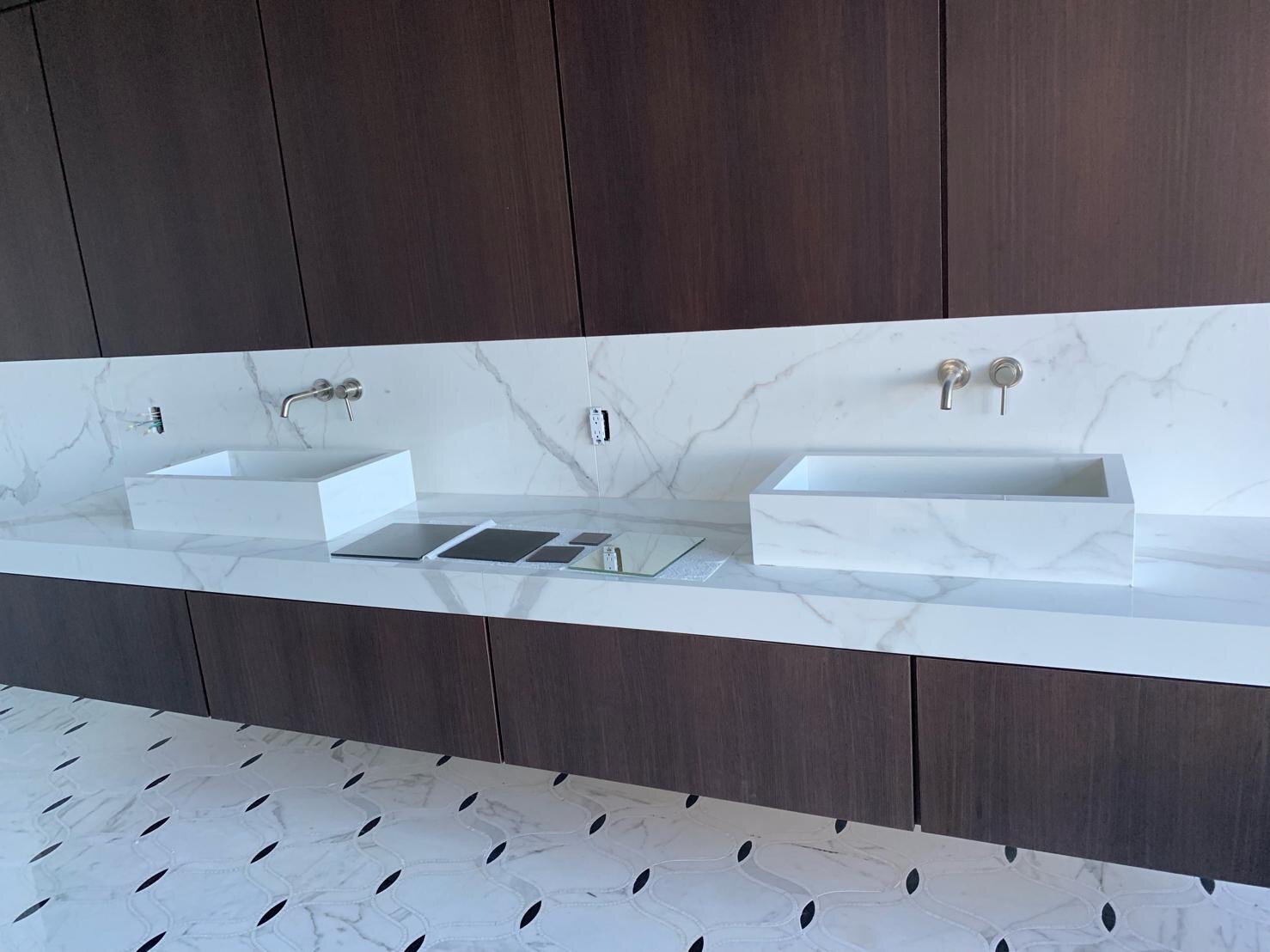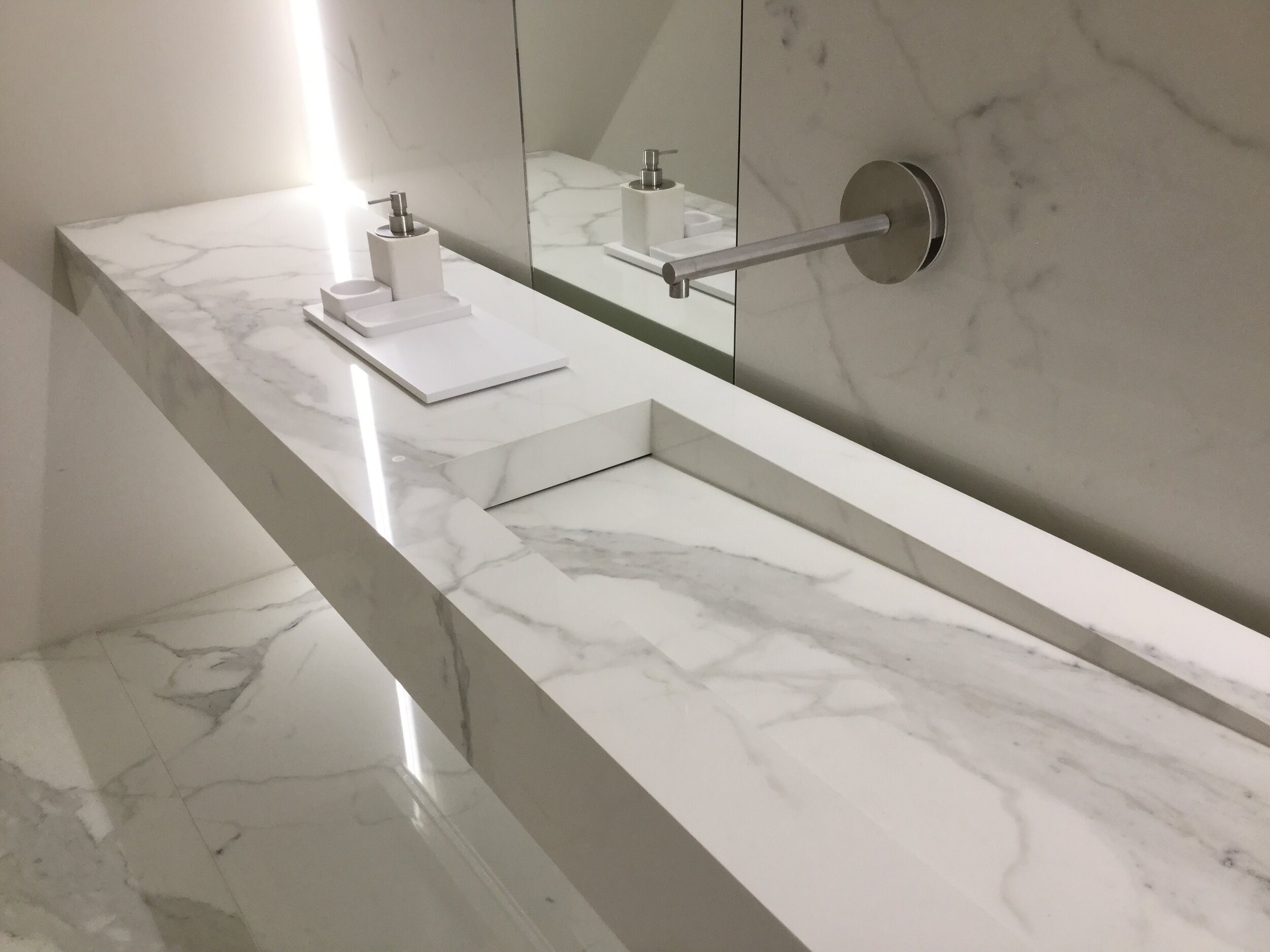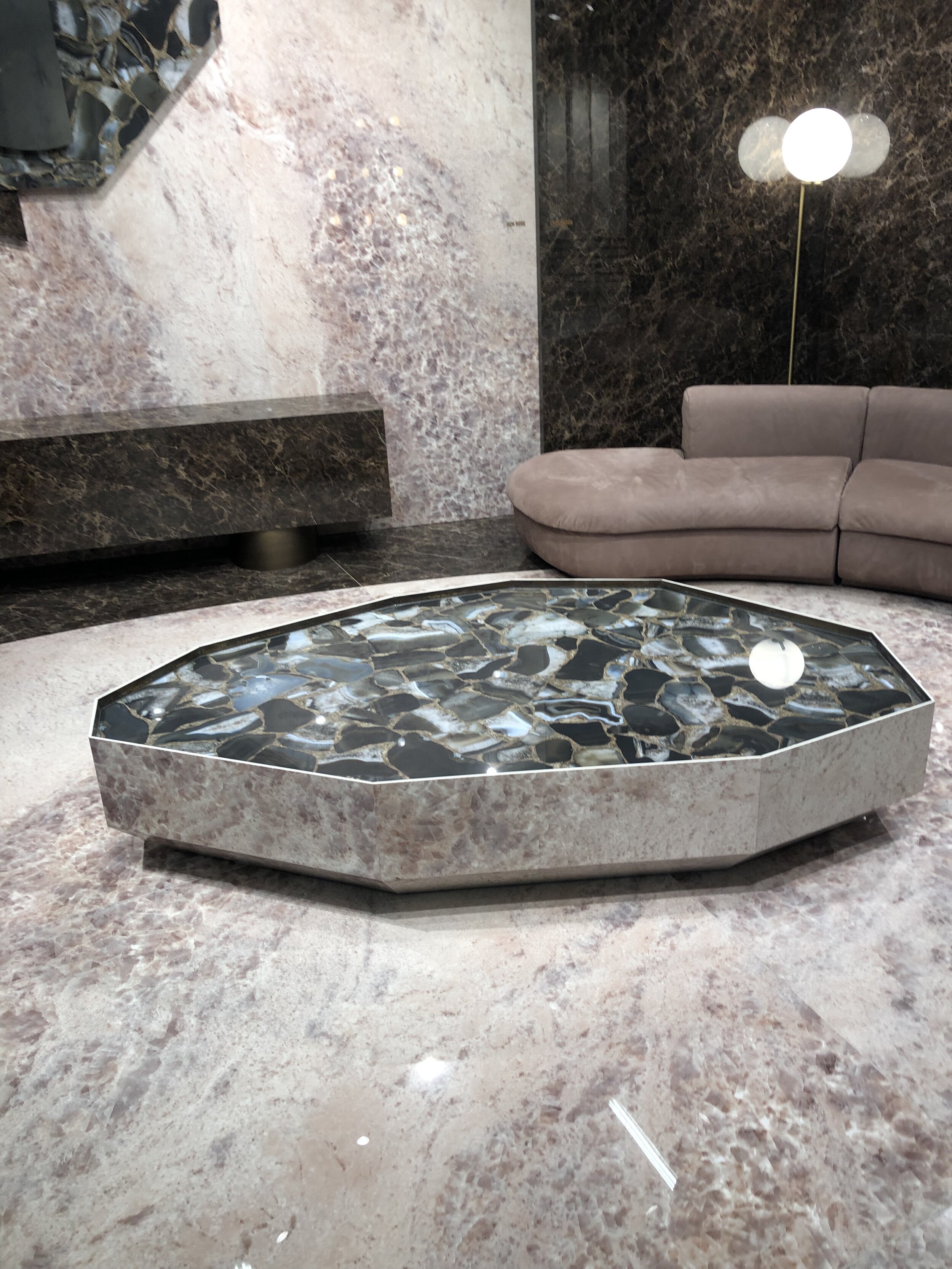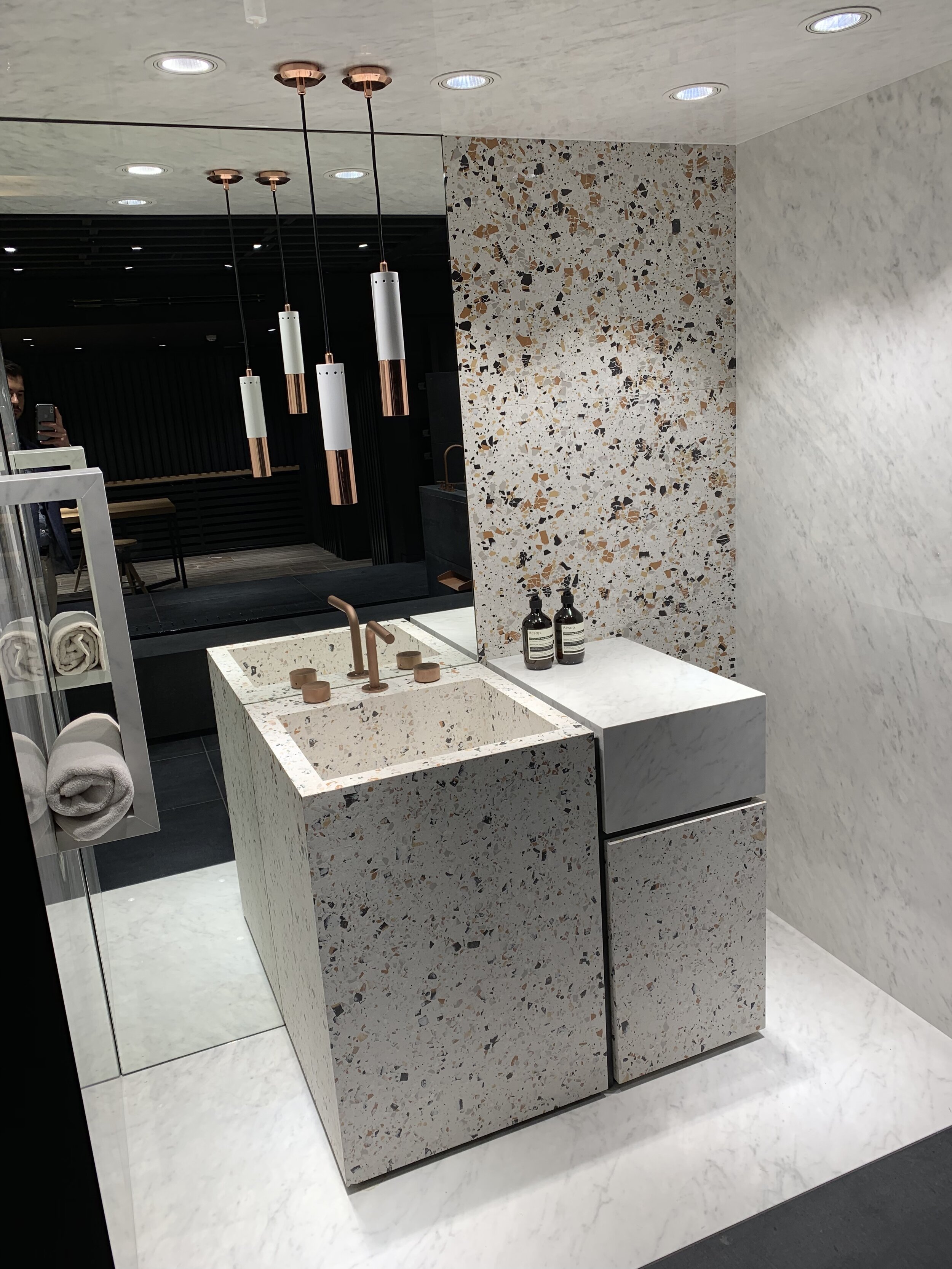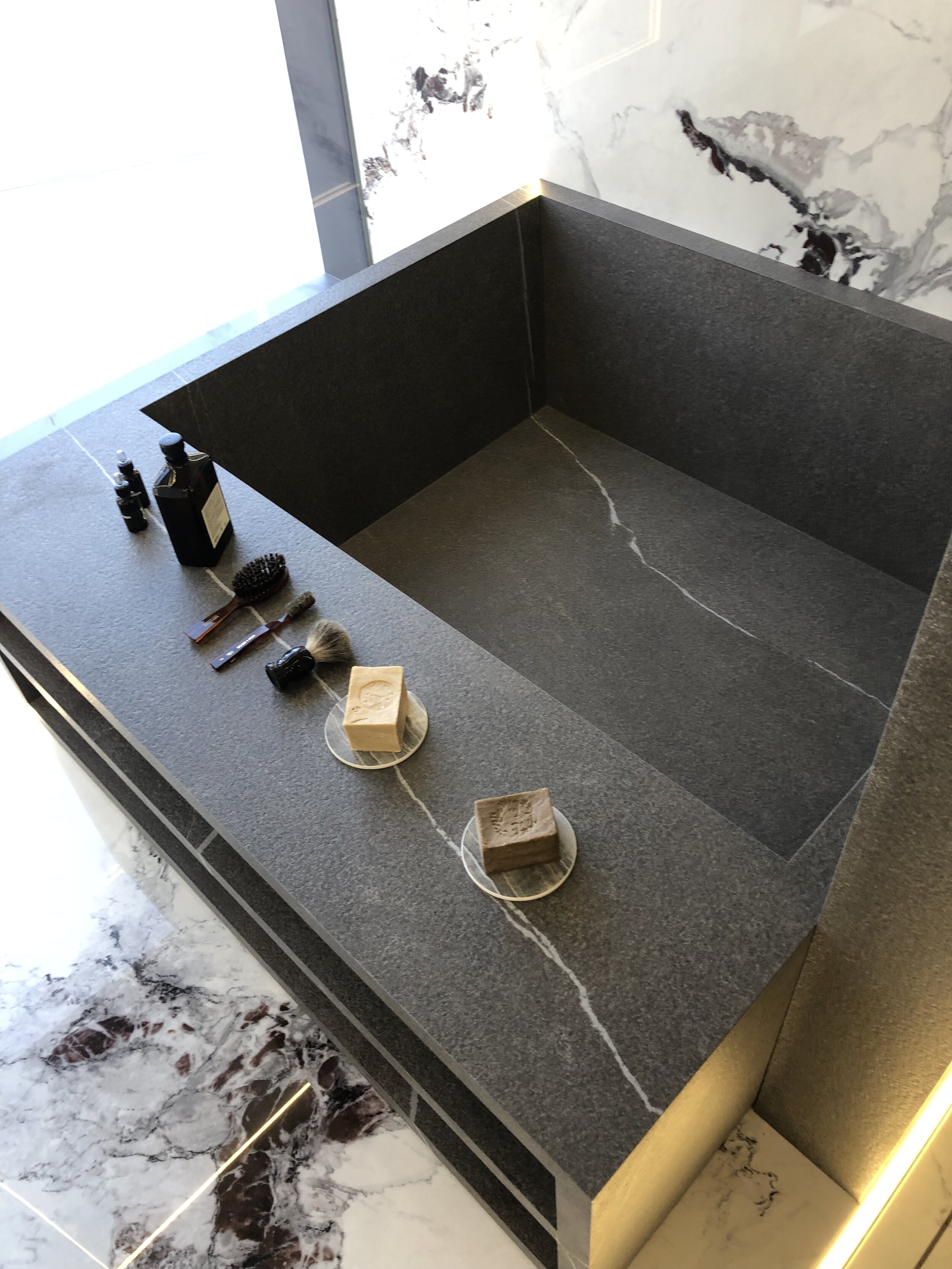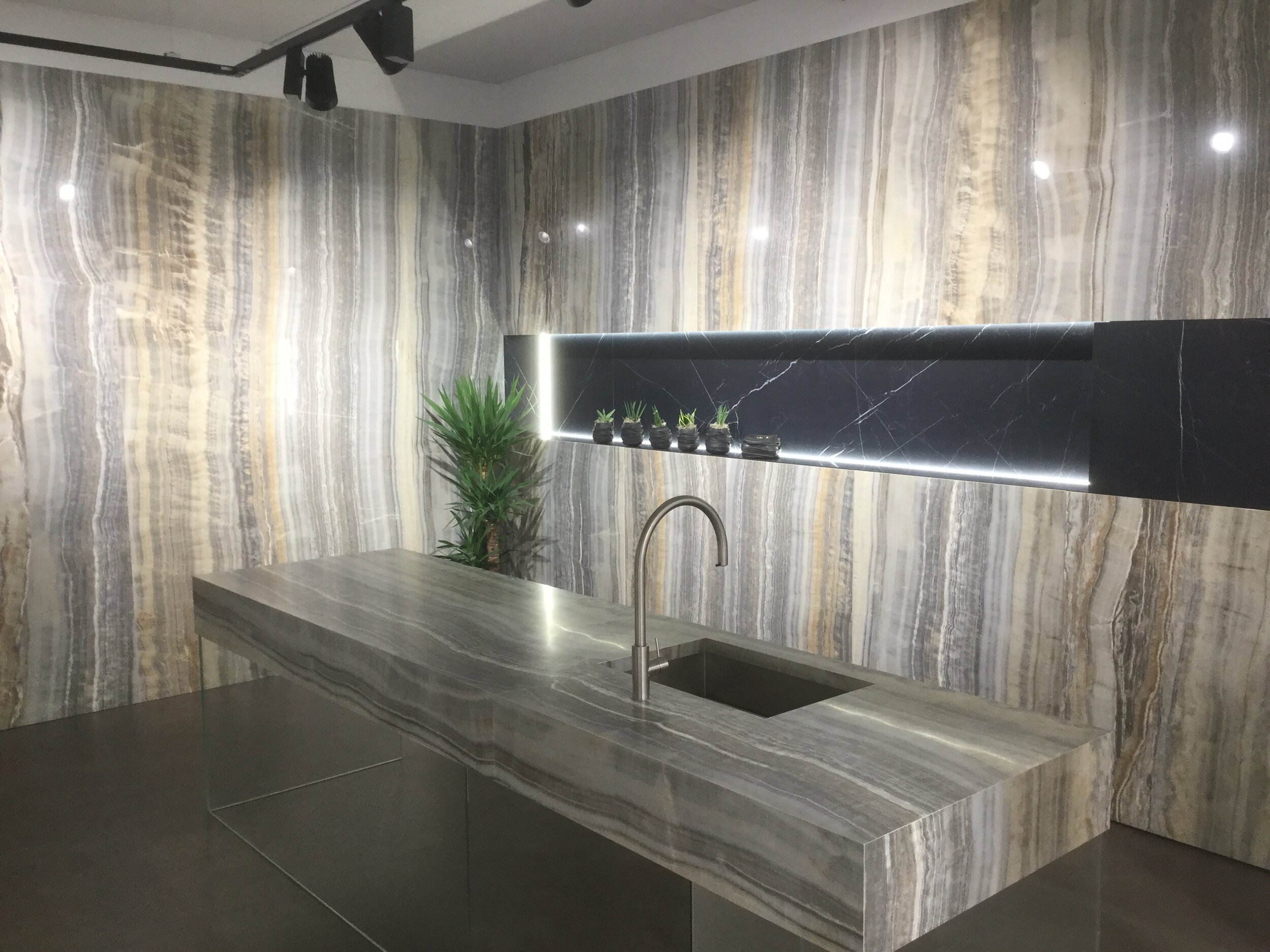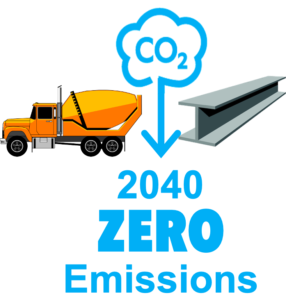SO WHERE ARE WE NOW?
George Price, a physician at the turn of the last century, famously called the 1918-1919 influenza pandemic a "destroyer and teacher." So, what about the COVID-19 pandemic?
What the COVID-19 pandemic is teaching us is that planning, preparation and preventive action are crucial, and complacency and indifference are dangerous and foolhardy. We were warned in consecutive Worldwide Threat Assessments by the U.S. Intelligence Community that such a pandemic was likely, that it was just a question of time before
"massive rates of death and disability, severely affect the world economy, strain international resources, and increase calls on the United States for support."
– 2019 Worldwide Threat Assessment In the February 2018 Assessment we were advised that pathogens such as the MERS Coronavirus have pandemic potential, and the World Bank estimated that a severe global pandemic could cost more than $3 trillion-and cause more than 100 million deaths worldwide. Yet, we did not prepare ourselves.
Likewise, in these Assessments the threats of climate change were addressed in detail:
"Climate hazards such as extreme weather, higher temperatures, droughts, floods, wildfires, storms, sea level rise, soil degradation, and acidifying oceans are intensifying, threatening infrastructure, health, and water and food security."
– The Center for Climate and SecurityClimate change has been a visible feature of the U.S. intelligence community's concerns since at least 2008. Yet many politicians and special interests, seeking to minimize or slow down the systemic change needed to address this threat, have labeled climate science as "alarmist."
Today we have unprecedented scientific knowledge to predict impending disasters as well as the technology and capacity to effectively address them, yet we've grown complacent about the future impacts of our current actions. We rush to prioritize and mobilize our resources once a crisis strikes, then scale back and return to complacency when it subsides, all at a terrible cost to human life and suffering, and economic and environmental wellbeing.
With the consequences of inaction on the COVID-19 pandemic becoming evident, it is clear that we must now accelerate our actions to tackle the serious challenge of climate change.
Make no mistake: the actions needed to successfully address climate change fall squarely on us – the architecture, planning and building community – as we are responsible for the majority of global CO2 emissions. Countries will not act unless they see a credible way forward, and we provide that way. While we have only days to flatten the curve of the COVID-19 pandemic, we still have time, albeit limited, to flatten and dramatically bend down the curve of CO2 emissions.
SO HOW DO WE DO IT?
The targets, roadmap and vision for the systemic change needed to address climate change are clear. They were recently discussed at CarbonPositive'20, which took place weeks ago in Los Angeles. At this milestone event, current actions and opportunities were presented, the latest tools, technologies and advanced materials were exhibited, experiences and expertise were shared, and the future was imagined.
CarbonPositive'20 focused on the actions necessary to avert dangerous climate change and limit planetary warming to 1.5 degrees Celsius above pre-industrial levels. These actions included (to name a few):
2030 IS THE NEW 2050!

